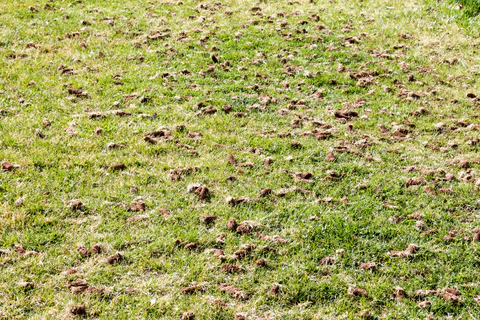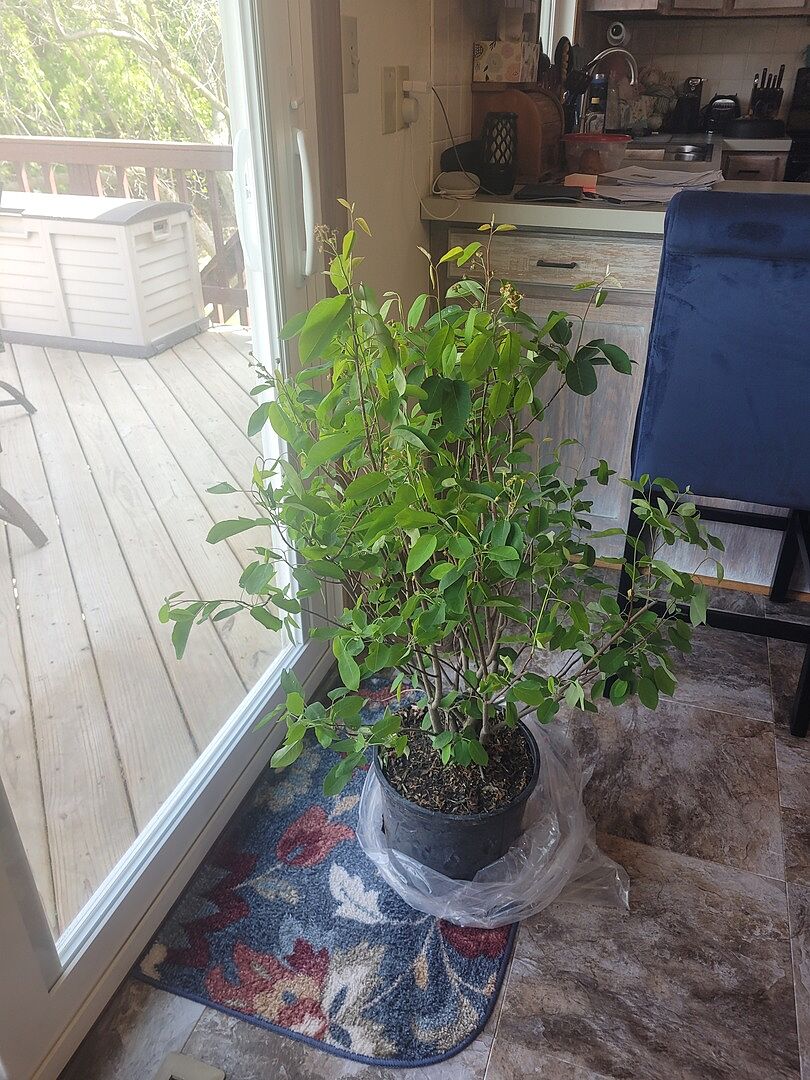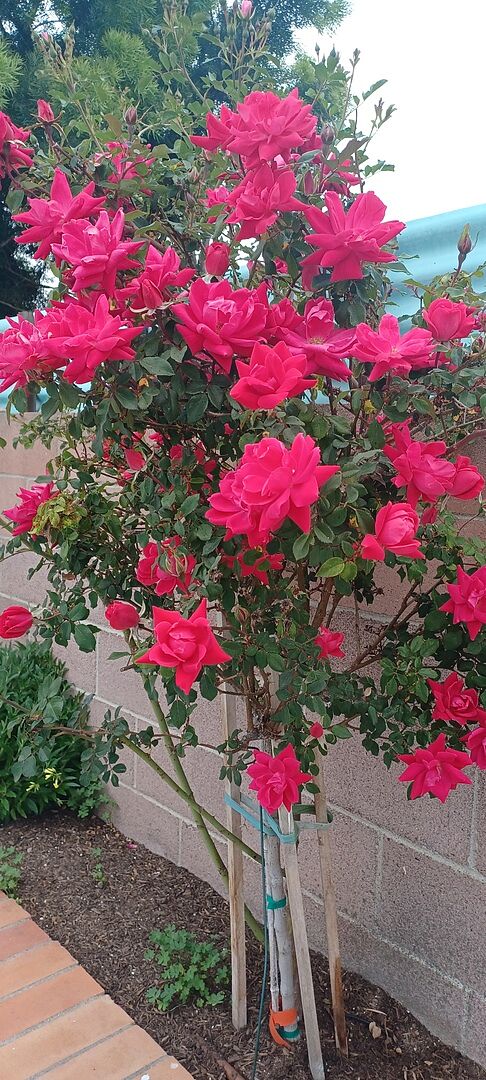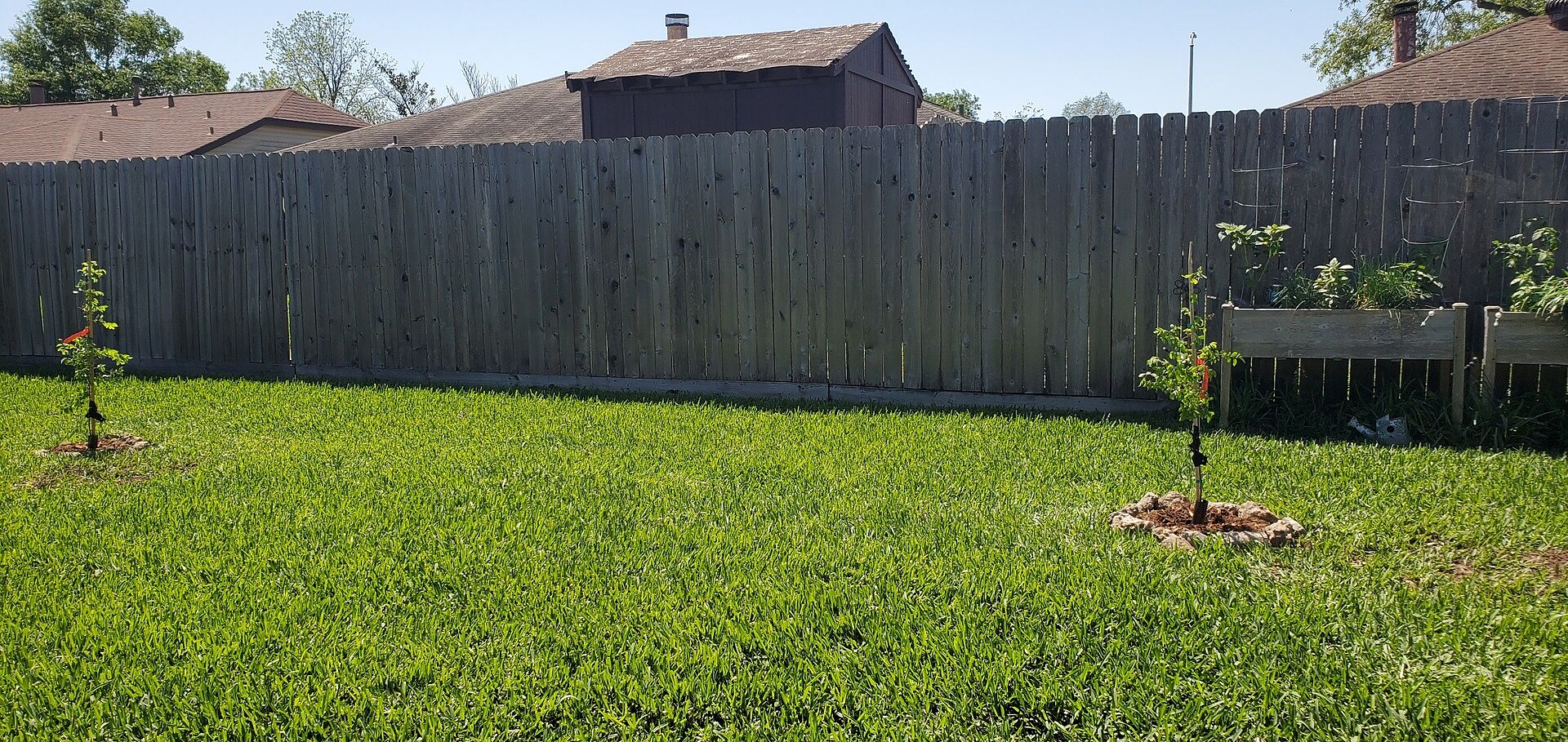Grass Seed 101: Troubleshooting

Last updated: Sep 15 2022

Even the best lawn keepers are bound to experience challenges. So, how should you handle them and how do you fix the issues before they take over your lawn? Together, we’ll break down some of the most common problems you might encounter so you can be better prepared for whatever comes your way.
Where to Start
Before you begin Googling, purchasing products, or panicking, remind yourself that your lawn is a living thing and start viewing it that way. Similar to humans, plants can get sick and get better with the proper treatment and time. Rarely do we just take a miracle pill and become instantly better. Healing takes time, so expect the same of any sick plant, including grass, that you’re nursing back to health.
Put on Your Detective Hat
The best thing you can do to prepare yourself to heal your lawn is to put on your detective hat and know what’s normal for your climate and your lawn. Take notice of how your grass changes with the seasons. Write down what’s planted and which treatments and fertilizers you apply. Knowing what’s normal helps immensely when it comes to noticing what’s wrong.
Example 1: Tall fescue is very coarse in texture due to its dark green and thick leaves. If you’re not aware of this you might think that you have crabgrass in your yard, when you just have to work on encouraging growth to fill in the lawn to avoid the look of sparsely-growing crabgrass.
Example 2: Bermuda grass will go dormant relatively soon and turn brown quickly. If you have a cold spell and you wake up to a brown lawn you might think it’s dead! Again, knowing that it's normal for Bermudagrass to go dormant and that it’ll come back green once the temperature warms up will save you from some panic. To fix this you might consider overseeding with another kind of cold-tolerant grass to keep the green color longer in the year.
Common Issues and Their Solutions
Below are some common lawn issues and their solutions so you can grow in your grass-troubleshooting confidence. Don’t worry if you’ve noticed these issues in your lawn–we’re here to help!
Thatch
Thatch is a build-up of old, dead grass that creates a layer on top of healthy grass. Think of a golden retriever or husky that’s shedding their seasonal coat. The dog’s coat may look dingy as a result of the build-up. A good brushing to remove the undercoat will help your dog’s coat shine again. For your dog, use a dog brush; for your lawn, use a rake. Rake up the dead material and dispose of it to let your lawn breathe.

Bare Spots
Bare spots are places in your lawn where you see the dirt and maybe a few weeds. These bare spots may have a variety of reasons behind them, but most commonly it’s compaction or clay soil.
Compaction occurs over time when the soil becomes more and more compressed. Look for compacted areas near walkways, driveways or any pathways you commonly take through your yard. Compacted soil leaves little room for a plant’s roots to grow, resulting in weak or no growth in that area. To fix it, you’ll have to reseed the area after de-compacting the area with a hoe or soil rake.
Similarly to compaction, if your yard is mainly clay you might notice large stretches of bare spots, especially in the heat of summer. Clay is made up of very fine particles that will shrink when dry and compact very easily when wet. To fix this, try aerating your lawn–this allows the roots to grow more freely and allows water and air to penetrate the soil and break any large clay areas up.

Yellowing
As with other issues in your lawn, yellowing can mean a variety of things, but the most common ones are from pets or if your grass is stressed and on its way to turning brown.
If you own a dog or have one that frequents your property, don't be surprised to see some yellow spots appear. Urine is high in nitrogen, causing the grass to essentially burn from too high of a concentration in one spot. Over time, the yellowing will dissipate and the nitrogen levels will return to normal, allowing green grass to regrow. If you find that you have yellow spots that aren’t bouncing back, or if you have no dog in sight, chances are you have another issue–keep reading if that’s the case.

Fungi
Occasionally, mushrooms of all shapes and sizes will unexpectedly pop up in a lush green lawn. Sometimes they’re solitary or in bunches or rings called “fairy circles.” Mushrooms in your lawn are mostly harmless and actually beneficial as they indicate a healthy lawn. While fairy circles sound magical and cute, we understand if you don't want them around.
Expect mushrooms to appear in shady and moist areas of your property. If you can, try reducing the shade in the area and increasing drainage. Removing lawn clippings and thatch can also decrease the mushroom population. If all else fails, go out in your lawn with a spade and dig them up to dispose of them.

The Dreaded Brown Grass
Grass can turn brown for a whole host of reasons with each having their own characteristics and solutions. Check the charts below to locate which kind of brown spot you have and to learn how to make it go away.
Brown Patch

|
Identifying Features |
Optimal Conditions |
Treatment |
|
Large, circular, brown spots on the lawn that range in size. If circles are large enough there may be healthy patches of grass growing in the center. Up close the leaf blade tips will be brown and splotchy |
Popular in hot and humid weather in summer. Affects tall fescue, perennial ryegrass, St. Augustine and centipede grass. |
Do not water your grass later in the day and encourage your grass to dry out between waterings. Do not over-fertilize at this time. |
Dollar Spot

|
Identifying Features |
Optimal Conditions |
Treatment |
|
Small brown patches on the lawn that don't get larger than 5 inches. The grass will look bleached or straw-colored in the middle of the blade. |
Occurs mostly in fall with warmer days and cooler nights. More likely to affect laws with heavy thatch or overly wet and low-nitrogen lawns. Kentucky Bluegrass and bentgrass are the most affected. |
Aerate your lawn and remove thatch to increase airflow. Let the grass dry out and water in the morning. Depending on the severity, you may need to reseed your lawn with a more resistant grass. |
Leaf Spot

|
Identifying Features |
Optimal Conditions |
Treatment |
|
Look up close on the leaf blade and you should notice irregular spots on the leaf blade. Spots will have a light brown center with darker edges. |
Commonly seen during overcast and rainy weather during cooler seasons. Affects Kentucky Bluegrass, fescue, and Bermuda the most, especially if cut too short. |
Let the grass grow and keep it at a higher height. Decrease watering and avoid fertilizing at this time. Consider reseeding with a more resistant variety. |
Powdery Mildew

|
Identifying Features |
Optimal Conditions |
Treatment |
|
Grass will look like it's been dusted with flour or powdered sugar. Up close, you’ll notice a slightly fuzzy appearance. |
All grasses can have mildew, but the most commonly affected is Kentucky Bluegrass. It appears on areas of the lawn with low air circulation and shade and thrives in summer with high humidity. |
Increase air circulation and sunlight if you can. Lighten up on watering and let the grass dry a bit. If needed, invest in a high shade-tolerant variety of grass for that area. |
Snow Mold

|
Identifying Features |
Optimal Conditions |
Treatment |
|
Appears as pink or gray mold that will grow on or around dead patches of grass. |
If you live in an area with lasting snowfall, expect to see this after the snow melts. Little light, cold, and high moisture are what help it thrive. |
Avoid late fertilizing in the fall and continue mowing before snowfall until the grass stops growing. Keep the grass shorter under the snow. Aerate, de-matt, and remove thatch to help grass bounce back. |
Rust

|
Identifying Features |
Optimal Conditions |
Treatment |
|
Small yellow areas turn a brownish-orange or rust color on the blades of grass. |
The most susceptible is Kentucky Bluegrass, Ryegrass, and Zoysia. However, any stressed lawn is at risk. Mostly seen during warm times of the year with heavy dew in the mornings. |
Stimulate growth by feeding your lawn with a high-quality fertilizer. As the grass grows, it will push the rust-affected areas up to be cut away. Mow slightly higher than you would and more frequently to recover your lawn. |
Blight

|
Identifying Features |
Optimal Conditions |
Treatment |
|
Blight will make the grass appear a tan to reddish color and kill off that area. The affected areas are rings with healthy grass growing in the center. |
Most common in hot, dry, and windy conditions where there is drought pressure. It can also occur in warm and humid weather in some cases. |
Water deeply and regularly, making sure it gets down to the roots. Remove any thatch and aerate the lawn. Encourage new growth in the areas by using a quality fertilizer. |
Helping a Lawn in Need
Sometimes lawns just look tired. It could be past weather conditions, age or just stress. Whatever the reason is, below are some suggestions on how to bring it back to life before you start over from scratch.

Aerating
Aerating has already been mentioned before, but what actually is it? Aerating is done by a machine or a hand tool that pokes tiny holes into the lawn, providing passages where air can get deeper into the soil. Roots need air just as much as they need water and nutrients, so by poking these small holes into your lawn it de-compacts the area, let's water penetrate deeper and lets the roots get some oxygen. As a result, expect your lawn to really make a comeback and return to lush green growth.


Overseeding
Sometimes the blend of grass you’ve planted may look great in one season but really struggle as the weather starts to change. To avoid a dead looking lawn or one that goes dormant, consider adding another grass seed to your lawn by overseeding your current one. Overseeding is just planting a new lawn on top of an existing one so that you have multiple varieties growing in the same area.

Watering
We’ve all been there and decided to sleep in instead of waking up early to set the sprinkler out to water the yard. As a result, your grass may be in need of a drink of water, especially during dryer seasons like summer. If you find your lawn in desperate need of water, start off slow and water in the morning. Deep and infrequent waterings are the way to go, and soon your lawn will start to bounce back.

Treatments
For existing lawns that have been around for a few years you might have predictable issues that pop up every year. If this is your case, consider preventative maintenance. There are several preventative treatments for all sorts of common lawn issues that might save you some trouble when it comes to yearly issues. Make sure to read labels completely and only target-treat trouble areas.

Is it Dead or Dormant?
Is my grass dead or is it just dormant? This sounds like a simple question, but it's more tricky than you’d think. Dormancy is similar to hibernation. Just like how a bear goes into hibernation during the colder months, some plants will, as well. With trees this occurs in fall as the leaves drop, and with grass the blades will lose their green color. Just like trees, grass can become dormant or lose a few leaves without dying off.
So how do you tell? The best answer is to wait it out. If you’re unsure whether your grass is dead, the best way to know for sure is to see if it comes back when growing conditions return. A way to help with this confusion is to look and see if your grass is the kind to go easily dormant. Example: Bermudagrass will go dormant when temperatures reach below 50℉.

Weeds vs. Grass
Contrary to popular belief, weeds are not a classification of plants; they’re just plants that you don’t want growing in a certain area. So, a plant like clover could be fine in one area of your garden but in another part of your property be considered a weed.
When someone says they like to garden, it really means that they don’t mind spending some time weeding. Weeding not only keeps your property looking tidy; it decreases pests and fungal issues. Weeds, if left to grow, can steal nutrients from surrounding plants, including grass, so it's vital to not only to kill the ones you see but to try and stay on top of weeding to prevent them from spreading.

When weeding your lawn, the best thing to do is pull the weed out completely with its roots. Running over weeds with your lawn mower will only give them a brief haircut before they pop up again. There are also chemical controls for weeds and special tools. Research before you purchase by reading reviews and looking into the functionality of the product. Always read labels and wear protective gear when it comes to chemicals, as to not cause harm to yourself or your lawn.
Pests
Just like how a weed is a plant that’s growing where you don’t want it to, a pest is just an insect that’s causing more harm than good in a certain area. Not all insects are bad, but if you get a certain pest in your lawn it could be hard to get rid of them if you don’t act fast.
Depending on where you live you might have different pests that will appear at different times. The best course of action if you suspect a pest is to get up close with your lawn and inspect it. Look at the healthy parts just as closely as you would the unhealthy areas. Once you have found some pests, try to see what they are. No, you don't have to be an entomologist–just try to get the general category like ant or beetle. Lastly, take this knowledge and use it to target that pest.
Since pests can thrive both above and below ground, here are some common ones to look out for:
Above Ground
- Fire Ants
- Armadillos
- Skunks
Below Ground
- Grubs
- Moles and Voles
- Cutworms
- Chinch Bugs

For more information on controlling bugs and pests, check out our article on keeping unwanted insects away, which goes into more detail.
We give you permission to have an imperfect lawn! It's difficult to keep every single blade of grass happy, so be kind to yourself, and when challenges pop up, learn from them. With a little practice you’ll start to pick up on common issues and how to fix them. It takes time and consistent effort on your part for a great lawn to establish itself and stay looking its best. Don’t get discouraged when issues inevitably arise, and keep making small changes until you find what works best for you and your yard!
Be sure to read through the rest of our Grass Seed 101 Course so you can achieve the lively lawn you’re after!

Written by
Meredith Gaines
Meredith's love for plants started at a young age, and only grew when she started working in the Desert Exhibit at the South Carolina Botanical Gardens and the Historic Filoli Estate in the Bay Area. After graduating from Clemson University (GO TIGERS!) with a degree in Biology and Horticulture, she found her niche in the FastGrowingTrees.com family as a horticulturist and has grown in her current role as Senior Plant Expert.
She currently resides in her hometown of Charlotte, North Carolina, and enjoys spending any time she can outdoors. She learns new things about plants every day and loves sharing her plant knowledge and tips with those around her. Her favorite plant is constantly changing, but her long-time favorites are peonies, oak trees, and ferns.
Featured Product

TurboTurf™ Tall Fescue Grass Seed
8 reviewsStarting at $44.95


















































































































































































































































